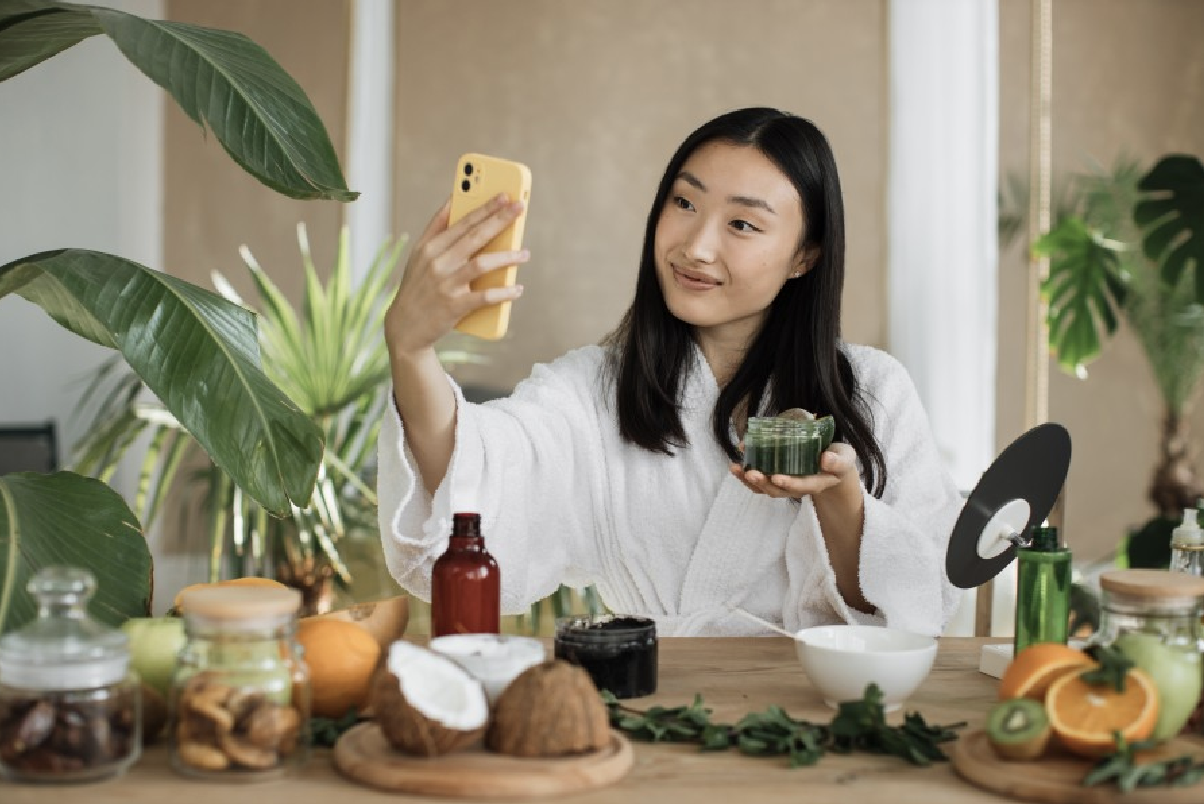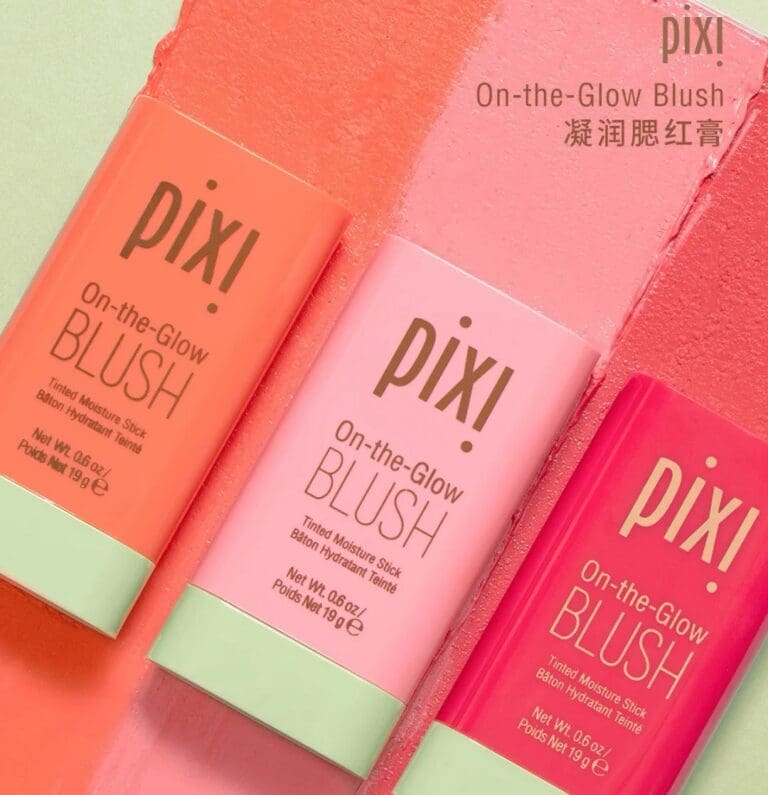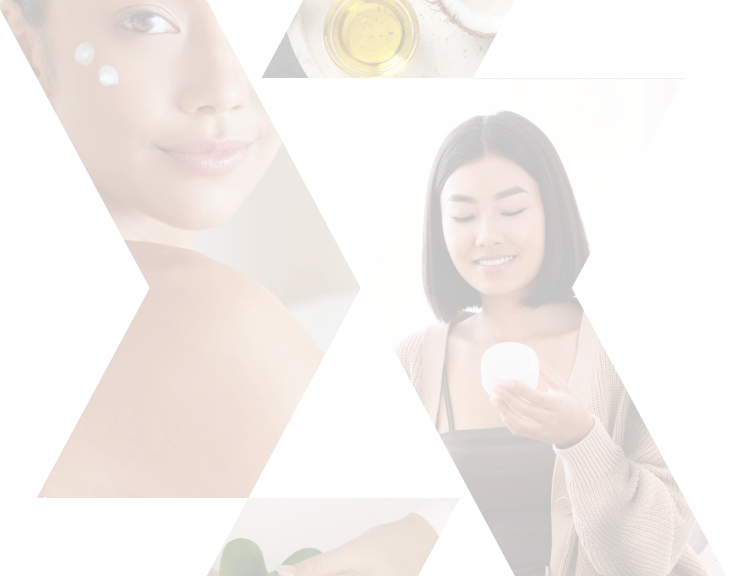
In this first edition we will be looking at one of the fastest growing sectors of the Chinese beauty industry: Clean Beauty.
What exactly is ‘Clean Beauty’?
A relatively nascent term, clean beauty has gained significant traction in recent years. Synonymous with non-toxic beauty, it typically refers to skincare products that are free from harmful chemicals such as parabens, synthetic fragrances and sulphates. As awareness of the negative effects of these chemicals on our skin grows, a large number of people are pivoting to clean beauty products.
The clean beauty movement is a response to growing concerns around the safety of cosmetics and skin care products. It represents both an effort to educate consumers about the ingredients of these products and to compel more brands to use safer ingredients in their products. Consumers are encouraged to question ingredients containing toxins that cause irritations and skin damage.
Clean beauty also initiated conversations around sustainability across the industry. It has raised awareness on the importance of environmental practices such as reducing packaging costs, recycled packaging and zero waste.
Clean beauty usually encompasses some of the following (not an exhaustive list):
- Eco-friendly
- Healthy ingredients
- Non-toxic
- Vegan
- Cruelty-free

Source: The Bespoke Black Book
The Clean Beauty Market in China
The Opportunity
Clean beauty (纯净美容 – Chunjing Meirong) has caught on rapidly in China, with year-on-year sales in the industry increasing by around 600% in 2021. On Baidu, China’s search engine version of Google, search volumes for natural, organic and non-harmful products are constantly rising. It is no surprise therefore that industry experts are predicting that clean beauty will be the next big trend in the beauty market.
The clean beauty embrace is particularly pronounced among younger Chinese consumers who are increasingly adopting more health and environmentally conscious habits. An assessment of China’s Gen-Z consumers found that more than half have previously reported that they highly value plant-based skincare and healthy ingredients.
One of the key factors contributing to clean beauty’s increasing prevalence in the Chinese market is related to animal testing on products. Historically, China has long required post-market animal testing on various products, limiting the growth or even entry of clean beauty brands into China as this would often misalign with many brands’ ethical ethos. On May 1 2021, Chinese authorities ended mandatory animal testing for most cosmetic and skincare products. This was welcome news for many organic vegan beauty brands as it meant that they could now enter China without violating their own cruelty-free practices.

Perhaps most crucially, the clean beauty market in China remains relatively small and untapped. Massive growth potential exists as the competitive landscape has not yet reached its peak. China is the world’s second-largest market for cosmetics, reaching total annual sales of USD $30 billion. Surveys at the end of 2022, found that almost 50% of respondents bought clean beauty skincare products in China in the past three months.
Foreign Clean Beauty in China
Chinese consumers are usually willing to pay a premium for clean beauty products if they are sure of the product’s safety and non-toxic ingredients. Quite often, foreign beauty brands are trusted more than local brands, providing entrants into the market with an advantage, provided that they have built up a strong reputation abroad.
Foreign clean beauty brands have started to make inroads in China. One such example is Emma Hardie, an award-winning British skincare brand, specialising in holistic facials. The company has gained a cult following from beauty editors, celebrities and skincare enthusiasts. Emma Hardie ranks as one of the most popular sustainable beauty brands on Chinese social media platform, RED.

Earlier this year, French natural skincare brand, Caudalie made an appearance at the third China International Consumer Products Expo, held in Haikou, southern China’s coastal province of Hainan. Caudalie uses eco-friendly packaging designs for its French herbal-extracts-based skincare system and focus on clean beauty concepts. At the Expo, Caudalie held a sharing session about its sustainable development journey, detailing the brand’s environmental protection efforts and also released the Caudalie Clean Beauty White Paper.

An influx of foreign clean beauty and cruelty-free brands may also prompt local brands to be more active with their cruelty-free practices, which in turn will help grow the overall Chinese clean beauty market.
Challenges
Competition from Local Chinese Brands
Foreign beauty brands are facing increased competition from local Chinese brands. The rise of Chinese brands as an option for consumers has the potential to slow down or even block the growth of certain international brands. The embrace of local brands stems from a rise in national pride, otherwise known as “国潮 – Guochao”, reflecting a growing taste among Chinese consumers for local brands that embody Chinese cultural traditions.
For instance, Chinese makeup and cosmetic brands such as Florasis and Perfect Diary occupy a significant share of the market (around 30% combined) on e-commerce websites such as Tmall. These brands use Chinese recipes and ingredients, incorporating flower essences and herbal extracts to formulate “natural, healthy and skin-nourishing” products, aligning aptly with current clean beauty trends.

Chinese beauty brands are also receiving huge capital support from local venture capital and private equity funds, further boosting their advantage in the market. A good example of an emerging Chinese clean beauty brand that has received investment is Dewy Lab, funded by Chinese social media platform, RED. Launched in January 2021, in less than 6 months, monthly sales exceeded USD $745,000, and in November 2021, sales were USD $1.5 million. In February 2022, the company raised around $10 million in a pre-series A round, providing the clean beauty brand with a springboard to scale and grow.

Ambiguity around ‘Clean Beauty’
It is worth noting that there is some ambiguity when it comes to what clean beauty actually entails. A skincare product that is labelled ‘natural’ is not necessarily safer as many natural ingredients can be just as harmful as synthetic ones. Clean beauty products may or may not be vegan, sustainable, natural, or organic. Much is up to interpretation.
Lack of consensus means that differing definitions and classifications of clean beauty have emerged. The ideological and pragmatic chasm between brand efforts and consumer understanding means that pinning down exactly what a clean beauty product is, remains unclear. In some regards, this gives off the impression that, at least for now, clean beauty exists largely as a marketing term for beauty brands and a conceptual idea or lifestyle choice for consumers.
Despite its ambivalence, clean beauty’s main focus still revolves around overall product safety, healthy ingredients and minimising skin irritation. The industry is growing fast, with brands both in China and the rest of the world snapping up opportunities to capitalise on the growing trend. It is an extremely exciting time to be in China as a beauty brand, particularly within the clean beauty category. Early entry into the market means that beauty brands occupy a larger market share and play a central role in establishing the clean beauty narrative in China.

How to Succeed as a Clean Beauty Brand in China
Here is some key advice to consider for clean beauty brands looking to enter the Chinese market:
- Be present and active on different Chinese social commerce channels to increase visibility and hit multiple touchpoints with consumers
- Craft a brand image centred around healthy ingredients, premium quality, and deliver organic/environmentally conscious messages
- Use storytelling where possible to enhance your brand’s reputation, e.g., through historical significance, cultural differences or unique selling points
- Prioritise the health and skincare benefits of your products above organic or sustainable factors. Chinese consumers still care mostly about the efficacy of their skincare products
- Whilst animal testing laws have loosened for clean beauty brands, it is still advisable to use European manufacturers who have the best expertise in this space
- Be patient. Social channels in China take time to mature, but if strategies are well executed with the right partner, the rewards are highly worth the wait
- Find the right partner to help you do all of the above in one fell swoop (AKA – YASO!)



